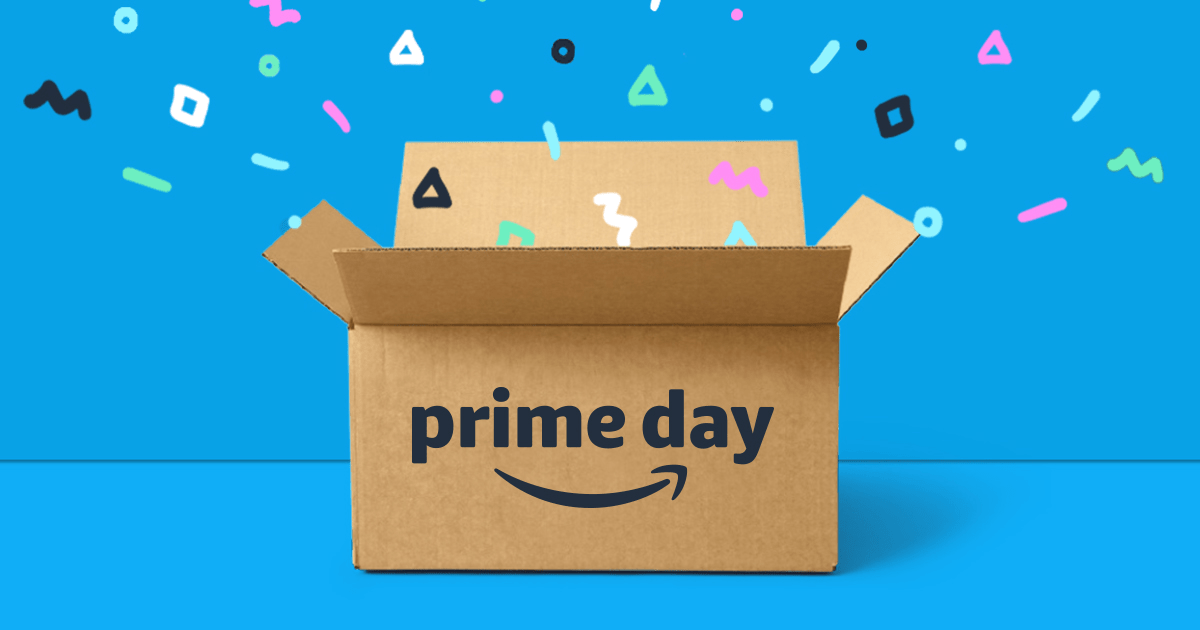What is Amazon Handmade?
Amazon is the leading online retail platform in the United States, with annual net sales exceeding $300 billion. Amazon has more than 213 million unique visitors per month in the United States alone. That means that nearly 65% of the U.S. population visits the site at least once a month.
Amazon also has more than 9.7 million sellers worldwide, of which about 2.5 million actively sell on the platform.
In 2015, Amazon created the Amazon Handmade platform, a smaller marketplace designed for small businesses specializing in handmade goods. While Amazon does not disclose the number of sellers selling on the Handmade platform, the company reports that more than 100 of the marketplace’s makers exceed $1 million in annual sales.
Pros and cons of selling on the Amazon Handmade platform
Pros of selling on the Amazon Handmade platform
Huge visitor potential: Amazon is one of the most visited sites in the United States, along with YouTube, Twitter, Facebook, and Wikipedia. Because the Amazon Handmade platform is integrated with the Amazon e-commerce site, selling on the Amazon Handmade platform can put your product in front of a wider audience than on any other platform.
Free professional plan: Amazon offers both individual and professional plans, where sellers pay a flat monthly subscription fee of $39.99 on the professional plan and sales commissions on individual orders. Sellers who are approved for Amazon Handmade receive the benefits of the professional plan for free, paying a flat 15% sales commission on all sales.
No listing fees: Amazon does not charge any product listing fees, so you only pay when you make a sale.
Disadvantages of selling on the Amazon Handmade platform
Amazon competes with its own sellers: Amazon has a number of its own brands and many products in addition to the products offered by its sellers, and small businesses can effectively compete directly with the world’s largest e-commerce company that owns the platform they sell on.
Higher commission rates: Although Amazon Handmade sellers get Amazon’s professional selling plan for free, the 15% commission charged on each sale is higher than the commissions charged on Etsy and many other marketplaces.
Etsy vs. Amazon Handmade
To know which marketplace is right for your store, it’s helpful to have an idea of the similarities and differences between these two popular and powerful selling platforms.
Both of these ecommerce platforms provide small business owners with a simple and secure way to make money by bringing their products to a wide audience. So you don’t need a business license or coding skills. The main differences, however, are in their commission rates, support services, and startup time.
General website and user interface
Similarities: Amazon Handmade and Etsy are designed to be intuitive and user-friendly for both buyers and sellers. Both platforms make it easy to set up an online store without any web development knowledge, and they allow you to create and customize a storefront page, as well as include your product listings in search results. Both provide a seller dashboard that tracks order and sales information, and both provide a mobile app for sellers.
How It’s Different: Etsy’s seller dashboard includes information about how many people visited your store and how they got there, while Amazon’s dashboard doesn’t.
Featured products
How It’s Similar: Both Amazon Handmade and Etsy allow sellers to earn more in exchange for preferred listing placement.
How It’s Different: Etsy offers optional integrated off-site advertising for sellers with less than $10,000 in annual sales, while Amazon doesn’t offer off-site advertising.
Listing and selling fees
How It’s Similar: Amazon Handmade and Etsy charge commissions that are calculated as a percentage of the total sales amount.
How It’s Different: Amazon does not charge a product listing fee, while Etsy charges a small listing fee. These listing fees recur every four months. Additionally, Etsy and Amazon Handmade break their commissions down to a flat rate across categories and price points. For Etsy, it’s 6.5% of the sale price plus 3.5% plus a 25¢ payment processing fee, and for Amazon Handmade, it’s 15% of the sale price.
Product category organization
Similarities: Both platforms organize products into top-level product categories and subcategories.
Differentities: Amazon Handmade and Etsy have top-level product categories designed to showcase handmade goods. For example, “Paper & Party Supplies,” “Weddings,” “Bath & Beauty,” and “Craft Supplies & Tools,” Etc.
sy as a parent category. Amazon Handmade product categories are similarly focused on crafts and lifestyle, but categories like “Handmade Electronics” and “Handmade Sports & Outdoors” are specific to the Amazon platform.
Sign-up Process
Similarities: Both Amazon Handmade and Etsy require banking and personal information to open a store.
Differences: Amazon also requires tax information, an internationally charged credit card, a phone number, and a government-issued ID. Approval for an Amazon Marketplace store can take weeks, and an additional application process is required to sell on the Amazon Handmade platform. Etsy store approval, on the other hand, is instant.
Checkout Process
Similarities: Both platforms offer a user-friendly checkout as a payment option.
Differences: Etsy pays sellers through their own Etsy account, PayPal, or via mail, while Amazon only pays via direct deposit into the seller’s bank account. Their payout plans also differ: Amazon pays sellers biweekly, and Etsy defaults to a weekly payout plan, but allows sellers to change this setting to daily, weekly, monthly, or bimonthly.
Fulfillment services
Similarities: Both platforms offer free shipping options and give sellers the option to choose their own shipping rates and methods.
Differentiation: Amazon offers FBA services, where sellers ship their items to an Amazon warehouse for storage. Once a purchase is made, Amazon handles the fulfillment of the order. Etsy provides discounted shipping labels to shippers, but it doesn’t store items or handle shipping for sellers like Amazon does.
Amazon vs. Etsy Comparison Conclusion
While Amazon Handmade and Etsy differ in terms of scale, demographics, and fee structures, they are both powerful online marketplaces that reach millions of consumers worldwide.
Where you choose to set up your store will depend on your target audience and business model. If you sell high volumes of products at relatively low individual price points, Amazon Handmade may be the right choice for you, with its fulfillment assistance and free product listings. On the other hand, if you need a few listings and are looking to make a bigger profit per sale, Etsy’s lower percentage cost per individual transaction will likely make up for the 20 cents you pay for product listings.
If you’re still not sure whether selling on Amazon Handmade or Etsy is right for you, you should try doing the math on a few different scenarios to see which platform is best positioned to help your store succeed. You may even be wondering, “Why don’t I sell on both and get my products in front of more people?”
Source: https://www.shopify.com/blog/amazon-handmade-vs-etsy


